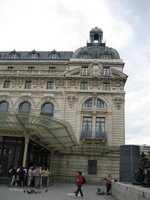
 The Musee d'Orsay is a converted train station (formerly Gare d'Orsay). The building was almost demolished in the 1970's before the French realized it was the perfect place to house all the 19th century art scattered throughout the city.
The Musee d'Orsay is a converted train station (formerly Gare d'Orsay). The building was almost demolished in the 1970's before the French realized it was the perfect place to house all the 19th century art scattered throughout the city.
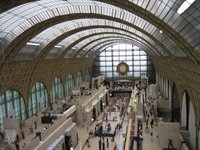
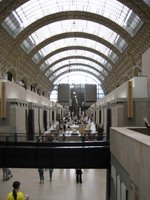 The main gallery is full of provocative and beautiful statues. It represents the 'conservative' art of the French shools that was immensely popular throughout the 19th century.
The main gallery is full of provocative and beautiful statues. It represents the 'conservative' art of the French shools that was immensely popular throughout the 19th century.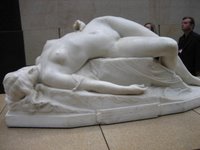
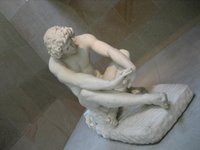
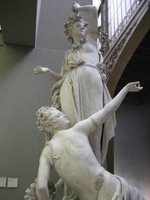
Our favorite paintings by far were the Realists. The art was shocking and rebellious. The use of sharp outlines and harsh colors portrayed life as it really was.
Edouard Manet's 'Olympia':
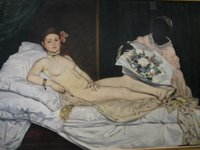 Thomas Couture's 'The Romans of the Decadence':
Thomas Couture's 'The Romans of the Decadence': Manet's 'Luncheon on the Grass':
Manet's 'Luncheon on the Grass':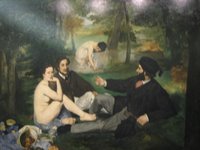 A cross-section of the Opera Garnier was also very cool:
A cross-section of the Opera Garnier was also very cool: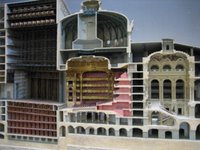 There were many amazing Impressionist expressions. Some of the quick and dirty highlights included, Edgar Degas' 'In a Cafe':
There were many amazing Impressionist expressions. Some of the quick and dirty highlights included, Edgar Degas' 'In a Cafe': Georges Seurat's 'The Circus' (Pointillism style):
Georges Seurat's 'The Circus' (Pointillism style):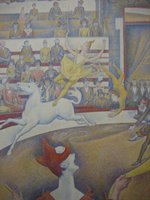 van Gogh's 'Room at Arles':
van Gogh's 'Room at Arles':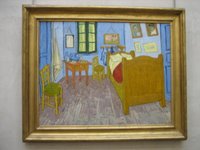 Renoir's 'Dance at the Moulin de la Galette':
Renoir's 'Dance at the Moulin de la Galette':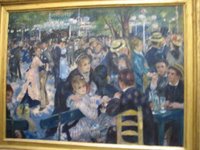 Monet's Water Lillies:
Monet's Water Lillies:
The Orsay was an amazing and compelling place. Perhaps not as famous as the Louvre, but about a thousand times more enjoyable.
We headed back to the Marais, to spend the rest of the day seeing what our 'hood had to offer. Emerging from the Metro stop, we ran right into the Bastille. Well, at least where the Bastille used to be.
This single monument is all that remains of the Bastille (the royal fortress turned prison that was demolished on Bastille Day--starting the Revolution). The monument now symbolizes France's long struggle to establish democracy; and the winged and golden Mercury on the top carries the torch of 'freedom' into the future.
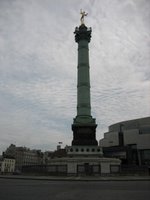 The modern Opera Bastille (opened in 1989) apparently isn't too successful, and the tickets are heavily subsidized to encourage the 'masses' to attend.
The modern Opera Bastille (opened in 1989) apparently isn't too successful, and the tickets are heavily subsidized to encourage the 'masses' to attend.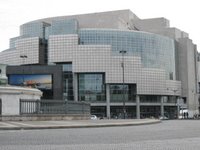 The Hotel de Sully is a private mansion dating back to the days of Henry IV and his need to turn the neighborhood into one dominated by the French aristocracy. This mansion (one of the few in the area that survived the Revolution) now houses libraries and national institutions.
The Hotel de Sully is a private mansion dating back to the days of Henry IV and his need to turn the neighborhood into one dominated by the French aristocracy. This mansion (one of the few in the area that survived the Revolution) now houses libraries and national institutions.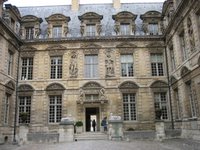
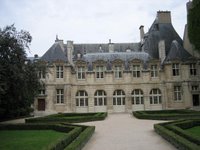
 One of Paris' best squares is the Place des Vosges. The park is flanked by nine pavillions (houses) on each side (one belonging to Victor Hugo and another once reserved for the king and queen). Beneath the arcades are cafes, art galleries and restaurants.
One of Paris' best squares is the Place des Vosges. The park is flanked by nine pavillions (houses) on each side (one belonging to Victor Hugo and another once reserved for the king and queen). Beneath the arcades are cafes, art galleries and restaurants.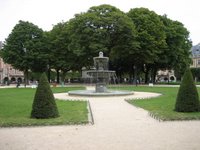
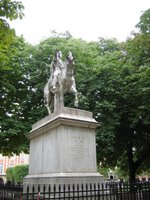 Close by is the Carnavalet Museum. The Carnavalet is in the heart of the Marais, and documents French history from old school royalty to the Revolution to Napoleon and beyond.
Close by is the Carnavalet Museum. The Carnavalet is in the heart of the Marais, and documents French history from old school royalty to the Revolution to Napoleon and beyond.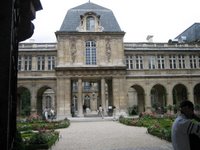
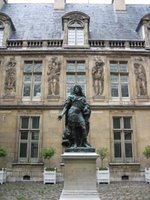 The first floor is all about the luxury of the Louis (XIV, XV and XVI), showcasing the life of France's kings and nobles before they lost their heads.
The first floor is all about the luxury of the Louis (XIV, XV and XVI), showcasing the life of France's kings and nobles before they lost their heads.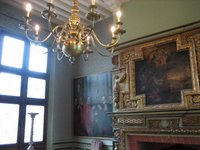
 But, the second floor is all about the Revolution, with its blood-shed, guillotines, executions, and promise of a better way.
But, the second floor is all about the Revolution, with its blood-shed, guillotines, executions, and promise of a better way.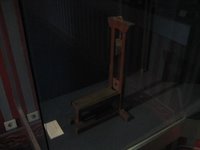
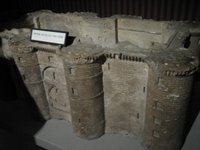
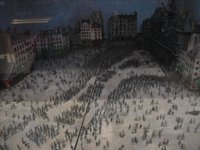 Post-revolution ushered in the new world of Napoleon Bonteparte and a whole new set of troubles.
Post-revolution ushered in the new world of Napoleon Bonteparte and a whole new set of troubles.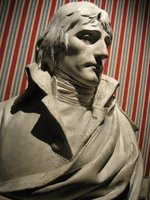
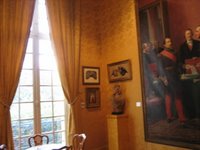
After all that history, lunch was the world's BEST falafel at L'As du Falafel in the Jewish Quarter of the Marais. Who would have thought Paris would make such good falafel, but it was easily one of our favorite meals.
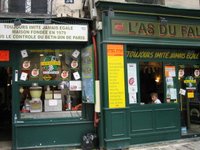
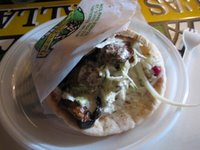
Literally a stone's throw from our front door was Musee Picasso. Even though he was born a Spainard, Paris is all about Pablo Picasso.
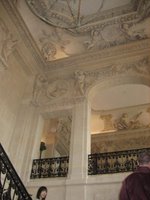
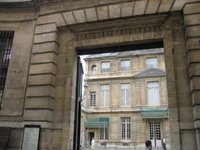 The museum moves chronologically through Picasso's life, and represents the different phases of his life (and his women) reflected through his work. The thing I was looking forward to the most (the bullfights) were closed for renovation, which was a huge let down.
The museum moves chronologically through Picasso's life, and represents the different phases of his life (and his women) reflected through his work. The thing I was looking forward to the most (the bullfights) were closed for renovation, which was a huge let down.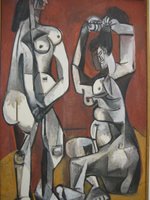
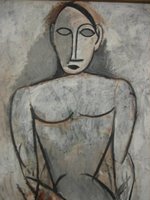
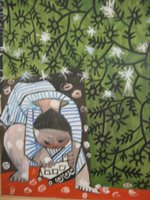 Picasso was a mster of many media, and this 'sculpture garden' highlights his ability to turn 20 century industrial junk into art.
Picasso was a mster of many media, and this 'sculpture garden' highlights his ability to turn 20 century industrial junk into art.
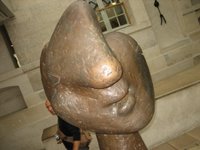
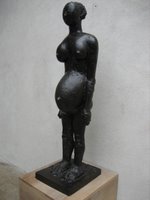 Next we walked through the hip and trendy part of the Marais, which is full of gay clubs, chic clubs, and funky clothing shops, before reaching....
Next we walked through the hip and trendy part of the Marais, which is full of gay clubs, chic clubs, and funky clothing shops, before reaching.... ...The Pompidou Center and the most modern of modern art. The entire museum is stimulating, off-beat, and representative of just about every kind of art form of the last century; all contained within a funky exo-skeletan.
...The Pompidou Center and the most modern of modern art. The entire museum is stimulating, off-beat, and representative of just about every kind of art form of the last century; all contained within a funky exo-skeletan.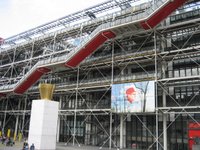
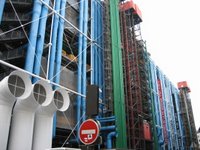 The escalators up to the collections are clear, plastic tubes on the exterior of the building.
The escalators up to the collections are clear, plastic tubes on the exterior of the building.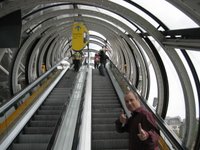
Maybe it was because we love modern art, or maybe it was because we were amongst only a few people there, but the Pompidou was an exhilirating experience. In the permanent collection just a few of the many highlights include, Wassily Kandinsky:
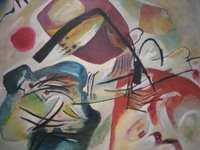 A reflecting Koi pond:
A reflecting Koi pond: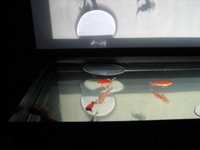 A kick-ass 'Barbie' exhibit:
A kick-ass 'Barbie' exhibit: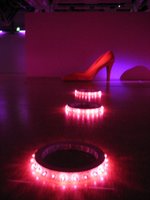 Henri Matisse:
Henri Matisse: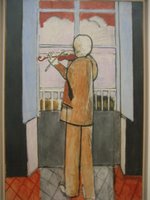 and Jackson Pollock:
and Jackson Pollock: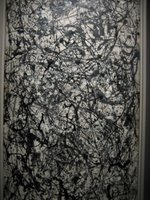
Weary of the rain and pooped from all the walking during our 'Day of Museums', we settled for a night in and a Parisian feast of wine, bread, meat, cheese, fruit and chocolate.
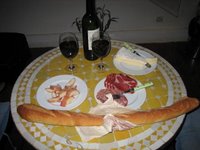
No comments:
Post a Comment